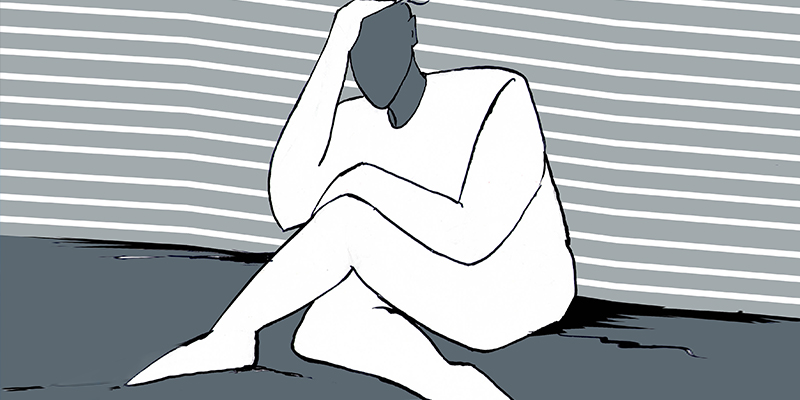
By Rishi Sood, M.D.
Although there is a growing amount of research on and increased awareness about post-traumatic stress disorder, many misconceptions about PTSD persist.
Here are 5 of the most common PTSD myths.
Myth #1. PTSD only affects military veterans.
PTSD and its effects on military veterans have been well documented, but other types of trauma are also known to cause the condition. For example, childhood abuse in the form of physical and sexual trauma is known to lead to PTSD. Children exposed to such trauma often struggle with mood regulation and have increased rates of self-destructive and suicidal behavior. PTSD can also occur later in life as a result of medical illnesses—such as myocardial infarctions, obstructive sleep apnea, or stroke—or due to stays in the intensive care unit, which many people have unfortunately experienced because of COVID-19.
Myth #2. PTSD develops immediately after suffering a trauma.
Symptoms of PTSD can occur 3 months after a traumatic experience, but it often occurs much later. Delayed-onset PTSD describes a situation where an individual does not develop symptoms until 6 months after the inciting event. In some cases, individuals experience PTSD years later. In a study of World War II veterans, many reported experiencing such symptoms later in life. This was thought to be brought on by major life changes such as losing a spouse. Just because someone is not affected by a traumatic event soon after does not mean that the individual is immune from being significantly affected many years down the road.
Myth #3. PTSD makes people violent.
Many individuals who experience PTSD do not display violent tendencies. In fact, many individuals with PTSD shut down and avoid situations that pose any perceived threat. This puts significant strain on personal relationships and the ability to effectively function at work. In the dissociative subtype of PTSD depersonalization and derealization are seen. Individuals who experience depersonalization feel disconnected from their body while individuals who experience derealization feel the world around them is not real.
Myth #4. PTSD is just one thing.
Individuals with PTSD can vary significantly in their presentations. As a result of trauma, some individuals can develop externalizing symptoms, which are characterized by symptoms of aggression and impulsivity. To cope, many will turn to substances such as alcohol and marijuana to calm the brain. Unfortunately, this can lead to brain injury and can worsen focus and mood. Others may develop internalizing symptoms, which are characterized by somatic symptoms, anxiety, and depression. Individuals who were once extroverted and had a secure sense of self can become more isolated and distant.
Myth #5. PTSD isn’t treatable.
Although PTSD can have devastating effects, the great news is that effective treatment is available. Psychotherapy can be an effective tool and there are different modalities utilized. Cognitive behavioral therapy (CBT), eye movement desensitization and reprocessing (EMDR), and other trauma-focused therapies can be helpful. In some cases, medications such as SSRIs or SNRIs can provide significant relief. MDMA-assisted therapy in a controlled clinical environment and in the presence of a trained therapy team is also being studied and appears promising.
About the Author: Rishi Sood, MD, Amen Clinics New York
Dr. Rishi Sood practices at Amen Clinics, which offers in-clinic brain scanning and appointments, as well as mental telehealth, remote clinical evaluations, and video therapy for adults, children, and couples. Dr. Sood is board certified in Adult Psychiatry and Child and Adolescent Psychiatry. In addition to his background in psychiatry, he is a board-certified pediatrician. Find out more about our services at AmenClinics.com.





Dr. Sood,
In your paragraph about treatment you do not mention EEG-biofeedback (also called neurofeedback). Dr. Bessel van der Kolk endorses this approach in his best selling book: The Body Keeps the Score. And, there has been research in support of this approach (e.g. Nicholson, A.A. et al, 2020, A Randomized Controlled Trial of Alpha-Rhythm EEG Neurofeedback in PTSD: A Preliminary Investigation Showing Evidence of Decreased PTSD Symptoms and Restores Default Mode and Salience Network Connectivity Using fMRI. NeuroImage Clinical 28, 102490). If you want more information about this please feel free t contact me. Thank you, Mitch Sadar
Comment by Mitchell Sadar, PhD — June 20, 2021 @ 8:48 AM